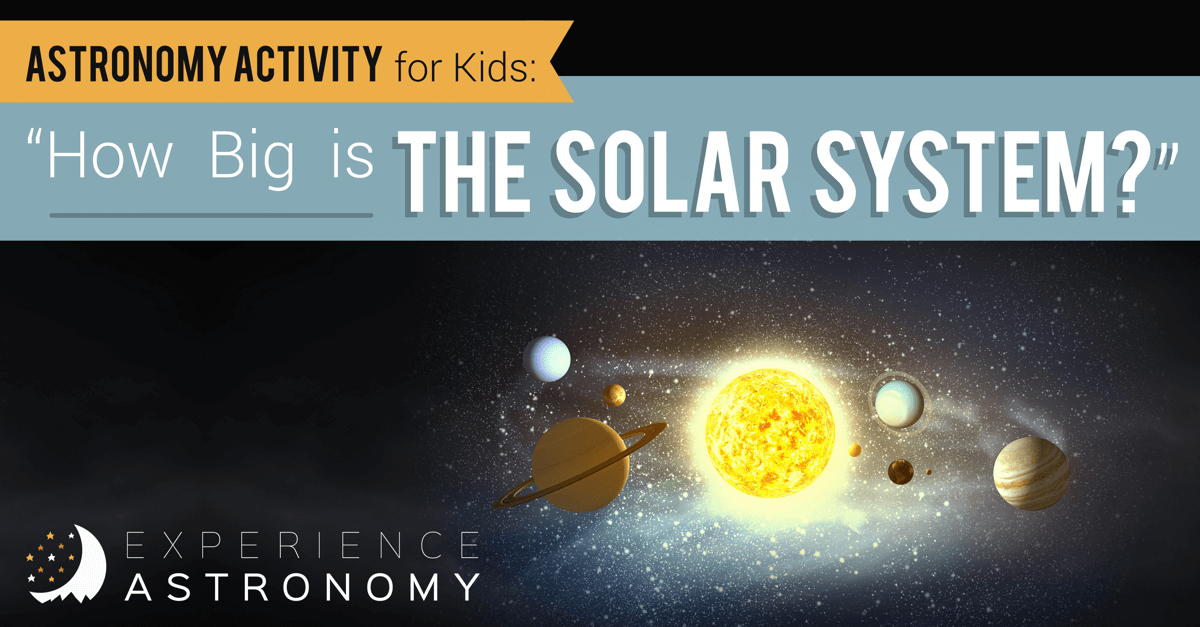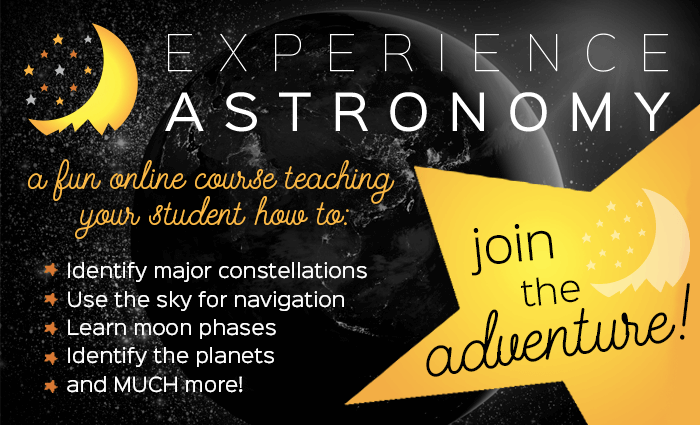Here’s an odd fact: nearly every model of the solar system you’ve ever seen—every image, every 3D model, every coat-hanger-with-styrofoam-balls project—is wrong. Just wrong.
This is because you need an enormous amount of space to create an accurate model.
But this activity will give your son or daughter a sense of how big different objects in the solar system are in relation to each other and how far they are from the sun.

If the sun was the size of a basketball, how big would the planets be? To answer this question, your student will need:
- 1 basketball (this represents the sun)
- 2 pins (the heads of these pins represent Mercury and Mars)
- 2 peppercorns (these represent Earth and Venus)
- 2 peanuts about 0.3” diameter (these represent Uranus and Neptune)
- 1 pecan about 0.9” diameter (this represents Jupiter)
- 1 acorn about 0.7” diameter (this represents Saturn)
Start by lining up the objects in order on a table: Sun, Mercury, Venus, Earth, Mars, Jupiter, Saturn, Uranus, and Neptune. Note the relative sizes of these objects.
If the sun was the size of a basketball, how far would the planets be from it? Find a long straight road in your town—at least half a mile long (preferably one with a sidewalk for your safety). Set the basketball down at one end. Get a measuring tape and measure from the ball…
- Place Mercury (one of the pins) 33’ from the ball
- Place Venus (one of the peppercorns) 62’ from the ball
- Place Earth (one of the peppercorns) 85.5’ from the ball
- Place Mars (one of the pins) 130’ from the ball
- Place Jupiter (the pecan) 445’ from the ball
- Place Saturn (the acorn) 819’ from the ball
- Place Uranus (one of the peanuts) 1644’ (about 0.3 miles) from the ball
- Place Neptune (one of the peanuts) 2,572’ (about 0.5 miles) from the ball
In this model every inch represents about 90,569 miles.
If the sun was the size a basketball, how close would the closest star be (Proxima Centauri)? We can measure this easily in feet because you would have to travel 4,343 miles. That’s over half the diameter of the Earth.

Your Kids Can Learn Astronomy!
If your child loves learning about the planets, they will love Experience Astronomy.
We cover so much more than the planets in these full-school-year online courses. Students learn about…
- How to identify major constellations
- Ways astronomy connects to fascinating stories in history, literature, folklore, archaeology, and the Bible
- The amazing world of interstellar space—stars, galaxies, black holes, and exoplanets
- How ancient people used astronomy to tell time, create calendars, and navigate the globe
Best yet: I do all the teaching for you through fun, engaging online videos and hands-on activities.

